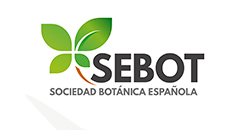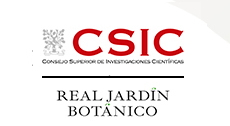Scientific Area
Abstract Detail
Nº613/870 - remote sensing identification and mapping of vegetation cover on some listed algerian islands (habibas & rachgoun).
Format: ORAL
Authors
Mohamed Hamimeche 1,2, Simona Niculescu 3, Antoine Billey 3, Riadh Moula 1
Affiliations
1University of Bejaia, Bejaia, Algeria
2 Jijel University, Jijel, Algeria
3 University of Bretagne Occidentale, Brest, France
Abstract
Despite their proximity to the coast, few studies have focused on identifying and mapping Algerian island vegetation. To fill this gap, we used satellite images and machine learning methods to identify and map the main vegetation groups on two classified islands: the Habibas archipelago and Rachgoun Island, while evaluating the effectiveness of the Random Forest classifier, which is successfully used to study the vegetation of large areas. However, despite the great heterogeneity of their vegetation cover, the use of very high resolution images (Plaides), through fusion bands and derived bands (NDVI), has enabled us to produce a fairly accurate vegetation map that can be used to establish management and protection plans for these habitats. Our methodological approach produced very satisfactory results, enabling the identification of the plant communities inventoried on the field, while showing high accuracy values, ranging from 0.642 for the halophilic Asteriscus grouping to 1 for the endemic Chasmophyte grouping of the Habibas archipelago. Our methodological approach, and despite the great heterogeneity and very small surface area of our islands and islets, led to very satisfactory results, reflected by good overall accuracy and Kappa index values (overall accuracy 92% and Kappa index 0.90).




